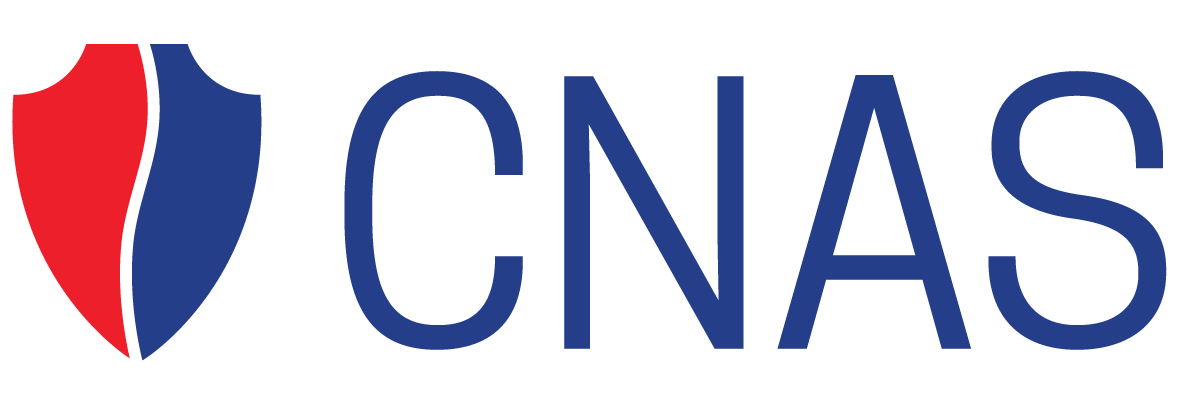February 05, 2021
The opportunities and challenges facing Lloyd Austin as defense secretary
When then-President-elect Joseph Biden nominated retired general Lloyd Austin as his pick for Secretary of Defense, it was clear that it would be a controversial nomination. Scholars and observers of American civilian-military relations raised legitimate concerns that granting Austin the necessary waiver to serve as Secretary of Defense would further degrade the norm and expectation that “the secretary of defense is intended to be the daily personification of the ‘civilian’ in ‘civilian control.’” Biden even preemptively penned an op-ed in The Atlantic justifying his choice, indicating that finding the right person for the job turned out to be immensely difficult. It initially appeared installing Austin in the Pentagon’s E-ring would prove challenging.
Austin’s forty years in the military represent both the risk of inertia and a real opportunity to address serious issues.
Those concerns evaporated quickly when members of the House and Senate voted overwhelmingly to confirm Austin in late January, leaving the law barring officers from serving as Secretary for at least seven years after retirement as a hindrance in name only, but the implications of having a former general serving as the political leader of the Department of Defense still matter. As the military simultaneously grapples with racial discrimination and the threat of white nationalists within the ranks, while also addressing the long-simmering issue of sexual harassment and assault, Secretary Austin’s time as a general is likely to shape his response.
Any individual who is a product of the military will inherently have blind spots and bring institutional biases to the table when addressing military culture. However, in the case of Austin, his experiences as a minority bring a powerful and unique perspective to one of the primary challenges facing today’s military. Austin’s forty years in the military represent both the risk of inertia and a real opportunity to address these issues.
Read the full article from Task & Purpose.
More from CNAS
-
National Security Human Capital Program
Short SupplyExecutive Summary The U.S. military faces a critical challenge: Fewer young Americans are willing to serve, and fewer adults are encouraging them to do so. Because of delibera...
By Katherine L. Kuzminski & Taren Sylvester
-
Defense / Transatlantic Security
When Defense Becomes Destruction: Austria-Hungary’s Mistake and Ukraine’s RiskThis article was originally posted on War on the Rocks. The southeastern Polish city of Przemyśl, with its elegant 19th century Habsburg-era train station, remains one of the ...
By Franz-Stefan Gady
-
Defense / Transatlantic Security
Ukraine’s Catch-22 MomentThis article was originally published in the Financial Times. In Joseph Heller’s wartime classic, Catch-22, the protagonist Yossarian seeks out the US army surgeon Doc Daneeka...
By Franz-Stefan Gady
-
CNAS Insights | Budgetary Own Goals Undermine “Speed and Volume”
On November 7, Secretary of Defense Pete Hegseth laid out a plan to overhaul the Department of Defense’s (DOD’s) acquisition system. Placing an emphasis on delivering new capa...
By Philip Sheers, Carlton Haelig & Stacie Pettyjohn




